Refine listing
Actions for selected content:
2250 results in Cambridge Elements
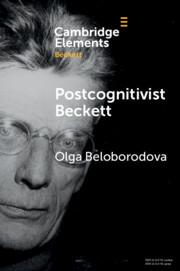
Postcognitivist Beckett
-
- Published online:
- 04 May 2020
- Print publication:
- 04 June 2020
-
- Element
- Export citation
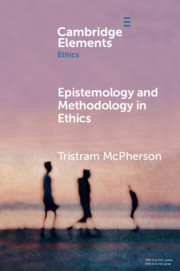
Epistemology and Methodology in Ethics
-
- Published online:
- 02 May 2020
- Print publication:
- 11 June 2020
-
- Element
- Export citation
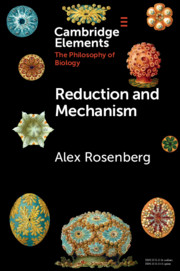
Reduction and Mechanism
-
- Published online:
- 30 April 2020
- Print publication:
- 04 June 2020
-
- Element
- Export citation

Contractualism
-
- Published online:
- 24 April 2020
- Print publication:
- 28 May 2020
-
- Element
- Export citation

The Rise of Sophisticated Authoritarianism in Southeast Asia
-
- Published online:
- 22 April 2020
- Print publication:
- 16 April 2020
-
- Element
- Export citation

London and the Modernist Bookshop
-
- Published online:
- 17 April 2020
- Print publication:
- 14 May 2020
-
- Element
- Export citation

Aquinas's Ethics
-
- Published online:
- 17 April 2020
- Print publication:
- 07 May 2020
-
- Element
- Export citation

The Edited Collection
- Pasts, Present and Futures
-
- Published online:
- 15 April 2020
- Print publication:
- 04 June 2020
-
- Element
- Export citation
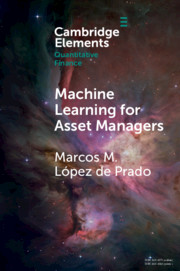
Machine Learning for Asset Managers
-
- Published online:
- 04 April 2020
- Print publication:
- 30 April 2020
-
- Element
- Export citation
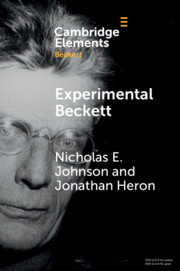
Experimental Beckett
- Contemporary Performance Practices
-
- Published online:
- 28 March 2020
- Print publication:
- 30 April 2020
-
- Element
- Export citation

Technology and the Global Adolescent
-
- Published online:
- 24 March 2020
- Print publication:
- 16 April 2020
-
- Element
- Export citation

Shakespearean Charity and the Perils of Redemptive Performance
-
- Published online:
- 23 March 2020
- Print publication:
- 09 April 2020
-
- Element
- Export citation

Converging on Truth
- A Dynamic Perspective on Factual Debates in American Public Opinion
-
- Published online:
- 16 March 2020
- Print publication:
- 09 April 2020
-
- Element
- Export citation

Agent-Based Models of Polarization and Ethnocentrism
-
- Published online:
- 13 March 2020
- Print publication:
- 16 April 2020
-
- Element
- Export citation

Agent-Based Models of Social Life
- Fundamentals
-
- Published online:
- 13 March 2020
- Print publication:
- 16 April 2020
-
- Element
- Export citation

The Guarantee of Perpetual Peace
-
- Published online:
- 04 March 2020
- Print publication:
- 26 March 2020
-
- Element
- Export citation

Defense, Peace, and War Economics
-
- Published online:
- 28 February 2020
- Print publication:
- 02 April 2020
-
- Element
- Export citation
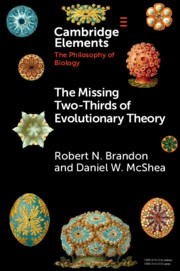
The Missing Two-Thirds of Evolutionary Theory
-
- Published online:
- 25 February 2020
- Print publication:
- 26 March 2020
-
- Element
- Export citation
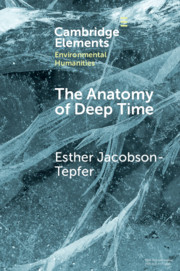
The Anatomy of Deep Time
- Rock Art and Landscape in the Altai Mountains of Mongolia
-
- Published online:
- 22 February 2020
- Print publication:
- 12 March 2020
-
- Element
- Export citation

Child Helpers
- A Multidisciplinary Perspective
-
- Published online:
- 20 February 2020
- Print publication:
- 26 March 2020
-
- Element
- Export citation
